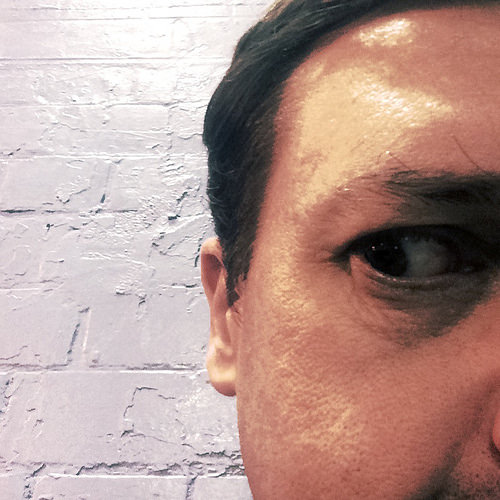
One of the major esthetics problems that people have is when they have oily skin and can’t find a way to take care of it. This normally results in regular breakouts, as well as skin that becomes too shiny. There are many people who suffer from oily skin, particularly young women and those who have some hormonal imbalances.
This means that if you are interested in becoming an esthetics professional, you should expect to have to deal with such clients. However, you will only be able to provide satisfactory services if you understand how oily skin works, and how you can safely reduce the problems associated with it. If you want to provide top notch services, you should get training in an esthetics school that has a lot of experience in treating all skin types.
What you will be expected to do
If you become a beautician and have to deal with people who have oily skin, there are several things you would need to do for them, including:
• Explain to them the nature of the problem: You would need to tell them how their particular skin type works, and why certain treatments for them do not work.
• Giving them a realistic opinion on what to expect: If an individual with oily skin visits your facility to have it treated, you need to give them a realistic expectation. For instance, there are some skin types where the oiliness can only be reduced, but not completely eliminated. Telling them to expect this will help in ensuring that they are satisfied with your workmanship.
• Explaining the different treatment options: You will also need to give them an overview of the different treatment options they can take advantage of depending on their specific needs.
• Provide a timeline on when changes will occur: For instance, if the client starts using a particular cleansing agent, after how long should they expect to see results? Providing this information will show that you are more in touch with the details of how this type of skin works, instilling confidence in your client.
In order for you to do all these, you will need to have come into contact with this type of skin in your training. Choosing to get esthetics training in a high quality facility is the only way to get this sort of knowledge.
The basics of managing oily skin
The treatment of oily skin is a subject that has to be studied in depth in order for one to be able to do it. However, there are a number of principles that you will be expected to apply during such management, and which you will need to explain to the client.
One of these is the fact that striping the skin of too much oil will only make it produce more. Most people with oily skin will tend to use very strong cleaning agents to get rid of the dirt and grime on their faces. However, these might also get rid of the oils, forcing the skin to produce more in order to compensate. As a result, they are likely to break out even more, leading to a vicious cycle. People with oily skin should therefore be advised to have their faces washed using products that will maintain the oil and moisture balance in their skin.
It is also important to ensure that cleaning the skin is done on a regular basis, preferably twice every day. The excessive oil produced tends to trap dead skin cells and dirt from the environment, leading to clogging of pores. As a result, they may then end up having to deal with pimples.
Knowledge of the characteristics of the different treatment regimens
When managing oily skin, you will also be expected to understand the different ways in which the different treatment regimens work. For instance, there are some that will reduce the amount of oil produced, and some that will cut down on the sheen associated with oily skin. Having a clear understanding of all these features goes a long way in making it possible for you to prescribe the right products for someone who has oily skin.
In summary, if you are going to be a beautician, it’s important that you prepare to handle all skin types if your business is likely to thrive. Oily skin is particularly tricky to deal with, and also happens to be one of the most frustrating types of skin for most people. Having a clear understanding of what needs to be done to reduce the oiliness is therefore essential.
It is probably only during your training that you will get the opportunity to learn about it, after which you will have to apply what you have learnt. For this reason, you should always pick a training facility that is known to offer quality in their courses.
